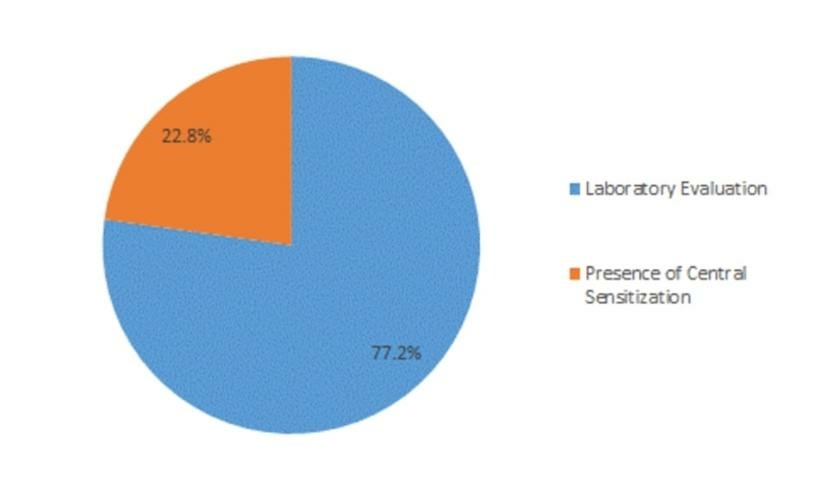Market Growth Projections
The Global Chinese Fibromyalgia Market Industry is poised for substantial growth, with projections indicating a market size of 13.9 USD Billion in 2024 and a potential increase to 32.2 USD Billion by 2035. This growth trajectory suggests a compound annual growth rate of 7.91% from 2025 to 2035, highlighting the increasing investment in research, treatment options, and patient education. The market's expansion is likely to be driven by a combination of rising prevalence, advancements in treatment modalities, and growing awareness among patients and healthcare providers.
Increased Awareness and Education
Enhanced awareness and education regarding fibromyalgia are crucial drivers for the Global Chinese Fibromyalgia Market Industry. Educational programs aimed at healthcare professionals and the general public are essential in improving understanding of the condition, its symptoms, and treatment options. As more individuals become informed about fibromyalgia, they are more likely to seek medical advice and treatment. This increased awareness is expected to translate into higher market demand, as evidenced by the projected growth from 13.9 USD Billion in 2024 to 32.2 USD Billion by 2035.
Rising Prevalence of Fibromyalgia
The increasing prevalence of fibromyalgia globally is a primary driver for the Global Chinese Fibromyalgia Market Industry. As awareness of this chronic pain condition grows, more individuals are seeking diagnosis and treatment options. Recent estimates suggest that fibromyalgia affects approximately 2 to 4% of the population worldwide, with a notable incidence in China. This rising awareness and diagnosis are likely to contribute to the market's growth, projected to reach 13.9 USD Billion in 2024 and potentially 32.2 USD Billion by 2035, indicating a robust demand for therapeutic solutions.
Government Initiatives and Support
Government initiatives aimed at improving healthcare access and awareness for chronic pain conditions are pivotal for the Global Chinese Fibromyalgia Market Industry. In China, various health policies are being implemented to enhance the diagnosis and treatment of fibromyalgia. These initiatives include funding for research, public health campaigns, and the integration of fibromyalgia management into primary healthcare systems. Such support is likely to foster an environment conducive to market growth, as it encourages healthcare providers to adopt new treatment protocols and improves patient access to necessary therapies.
Advancements in Treatment Modalities
Innovations in treatment modalities for fibromyalgia are significantly influencing the Global Chinese Fibromyalgia Market Industry. The development of new pharmacological treatments, including novel analgesics and antidepressants, has expanded the therapeutic landscape. Additionally, non-pharmacological approaches such as cognitive behavioral therapy and physical rehabilitation are gaining traction. These advancements not only enhance patient outcomes but also encourage more individuals to seek treatment. As a result, the market is expected to experience a compound annual growth rate of 7.91% from 2025 to 2035, reflecting the growing investment in research and development.
Growing Demand for Alternative Therapies
The increasing demand for alternative therapies among patients with fibromyalgia is shaping the Global Chinese Fibromyalgia Market Industry. Many individuals are exploring complementary and alternative medicine options, such as acupuncture, herbal remedies, and mindfulness practices, to manage their symptoms. This trend reflects a broader shift towards holistic health approaches, which are perceived as beneficial in alleviating chronic pain. The market's response to this demand is evident in the rising availability of alternative treatment options, which may contribute to the overall growth trajectory of the industry.






















Leave a Comment